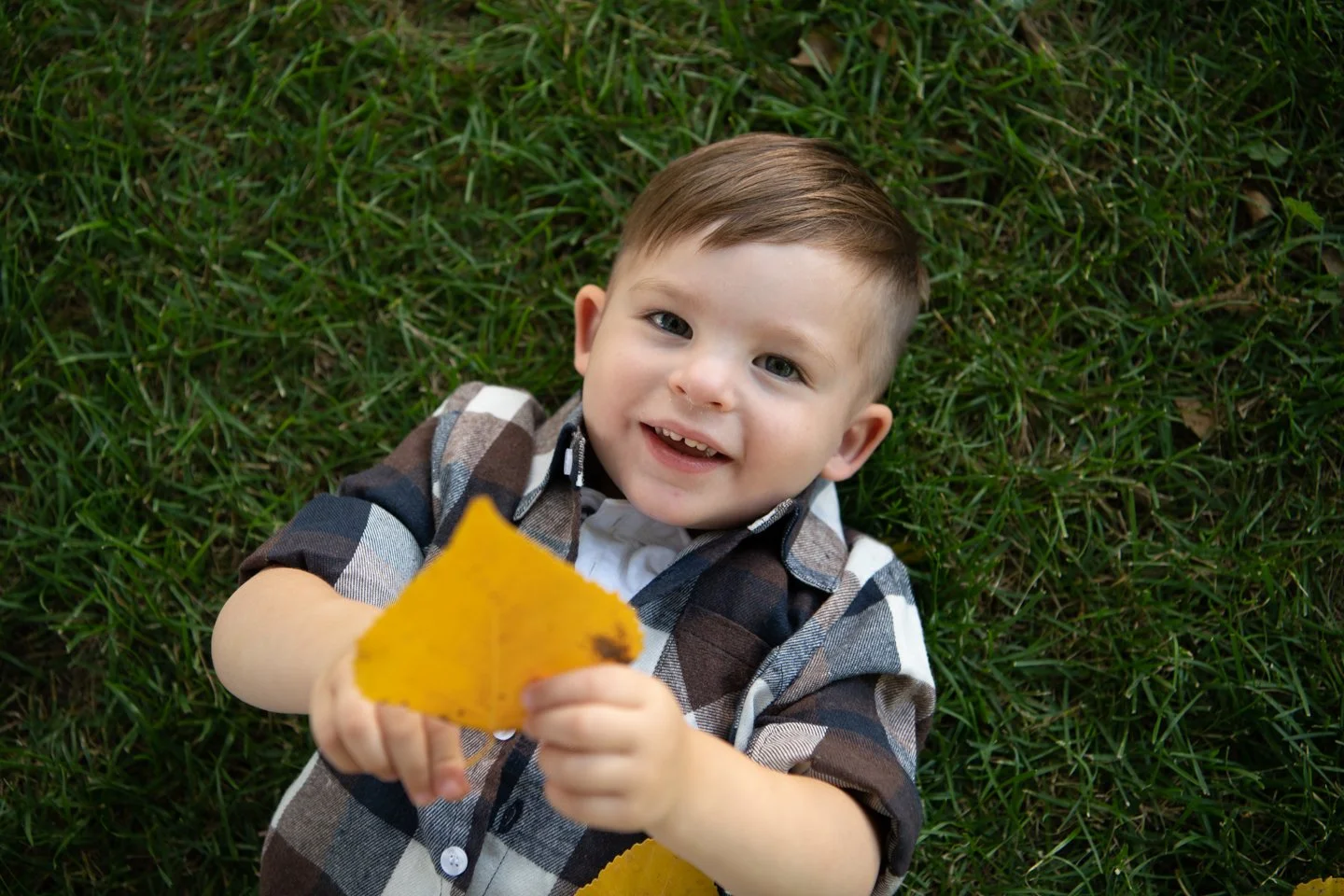Editing vs Retouching
Understanding the Difference between Photo Editing and Retouching
In the dynamic world of digital photography, the magic doesn't stop after the shutter clicks. As a professional digital photographer, I often encounter questions about the distinction between photo editing and photo retouching. While these terms are sometimes used interchangeably, they refer to distinct processes that play a pivotal role in creating visually captivating and compelling images. In this article, we will explore the nuances between photo editing and retouching, shedding light on how they contribute to the final masterpiece.
Photo Editing: Painting with Light and Color
Photo editing is a foundational step in the post-production journey. It involves adjusting various elements such as exposure, contrast, saturation, and white balance. This process aims to fine-tune the image's overall look and feel, enhancing its visual impact. Think of photo editing as the artist's palette, allowing the photographer to manipulate the photograph's mood and atmosphere. During the editing process, I pay attention to the composition's balance, the play of shadows and highlights, and the color harmonies that evoke emotions and stories.
UN-Edited Version
Edited Version
Retouching: Nurturing Perfection and Details
Retouching, on the other hand, zooms in on the finer details. This process involves addressing imperfections and enhancing the subject's appearance while maintaining a natural and authentic look. Blemishes, stray hairs, and distracting elements are meticulously removed during retouching, ensuring that the subject shines without losing their essence. Portrait retouching, for example, involves softening skin tones, enhancing eyes, and refining facial features. It's a delicate dance between preserving the individual's uniqueness and creating a polished result.
The Intersection: Where Editing Meets Retouching
While photo editing and retouching serve distinct purposes, they often intersect to create a harmonious final product. The decisions made during the editing process can influence the extent of retouching required. For instance, a well-edited landscape photograph may require minimal retouching, while a portrait captured in challenging lighting conditions might benefit from both comprehensive editing and retouching.
Crafting an Artistic Vision: Balancing Realism and Creativity
As a professional digital photographer, my goal is to strike a balance between realism and artistic creativity. Photo editing allows me to weave my creative vision into the image, while retouching ensures that the subject's unique qualities are preserved. Every photograph has a story to tell, and the synergy between editing and retouching helps me bring that narrative to life in the most captivating way.
Conclusion: The Final Flourish
In the world of digital photography, the journey doesn't conclude with the click of a button. Photo editing and retouching are essential steps that transform raw captures into evocative masterpieces. As a digital photographer, I pride myself on understanding the nuances between editing and retouching, leveraging these processes to craft images that resonate with viewers and stand the test of time. So, the next time you admire a striking photograph, remember the meticulous work that went into editing and retouching, enhancing its visual allure and narrative impact.
Examples of standard retouching:
Removal of anything that would heal itself (bug bite, skin blemish, bruise)
Stray hairs (wind blown, frizz on crown of head)
Removal of anything that can’t be wiped away prior to the photo being taken
Darkness/Shadows under eyes
Distracting elements in background (signs, other people, bright colored objects)
Examples of custom retouching:
Removing boogers or food from child’s face
Extensive acne on face
Adjusting hair styles
Slimming body parts
Removing wrinkles from clothing

